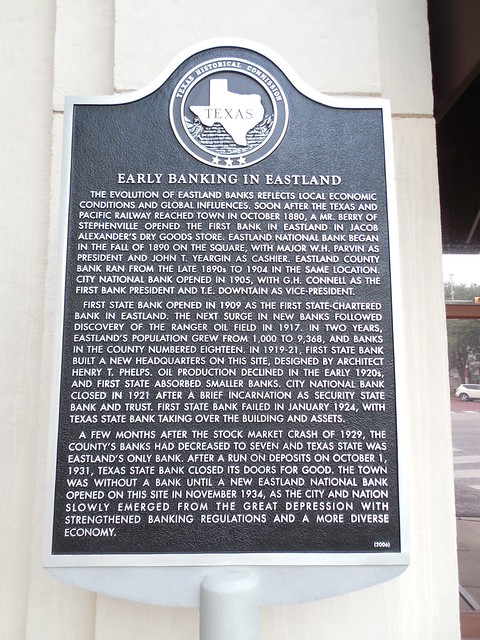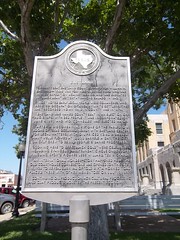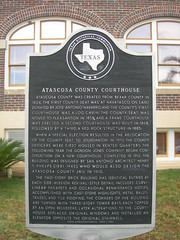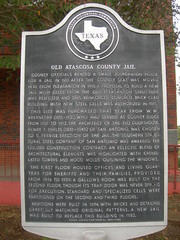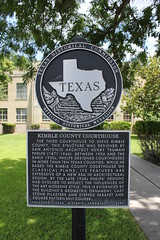Early Banking in Eastland. The evolution of Eastland banks reflects local economic conditions and global influences. Soon after the Texas and Pacific Railway reached town in October 1880, a Mr. Berry of Stephenville opened the first bank in Eastland in Jacob Alexander's dry goods store. Eastland National Bank began in the fall of 1890 on the square, with Major W.H. Parvin as president and John T. Yeargin as cashier. Eastland County Bank ran from the late 1890s to 1904 in the same location. City National Bank opened in 1905, with G.H. Connell as the first bank president and T.E. Downtain as vice-president. First State Bank opened in 1909 as the first state-chartered bank in Eastland. The next surge in new banks followed discovery of the Ranger Oil Field in 1917. In two years, Eastland's population grew from 1,000 to 9,368, and banks in the county numbered eighteen. In 1919-21, First State Bank built a new headquarters on this site, designed by architect Henry T. Phelps. Oil production declined in the early 1920s, and First State absorbed smaller banks. City National Bank closed in 1921 after a brief incarnation as Security State Bank and Trust. First State Bank failed in January 1924, with Texas State Bank taking over the building and assets. A few months after the stock market crash of 1929, the county's banks had decreased to seven and Texas State was Eastland's only bank. After a run on deposits on October 1, 1931, Texas State Bank closed its doors for good. The town was without a bank until a new Eastland National Bank opened on this site in November 1934, as the city and nation slowly emerged from the Great Depression with strengthened banking regulations and a more diverse economy. (2006) #13711
114 S. Seaman Street, Eastland, TX
Google Streetview
OpenStreetMap
by Texas Historical Commission #13711 of the Texas Historical Marker series
Colour: black
Wikimedia:
Flickr:
